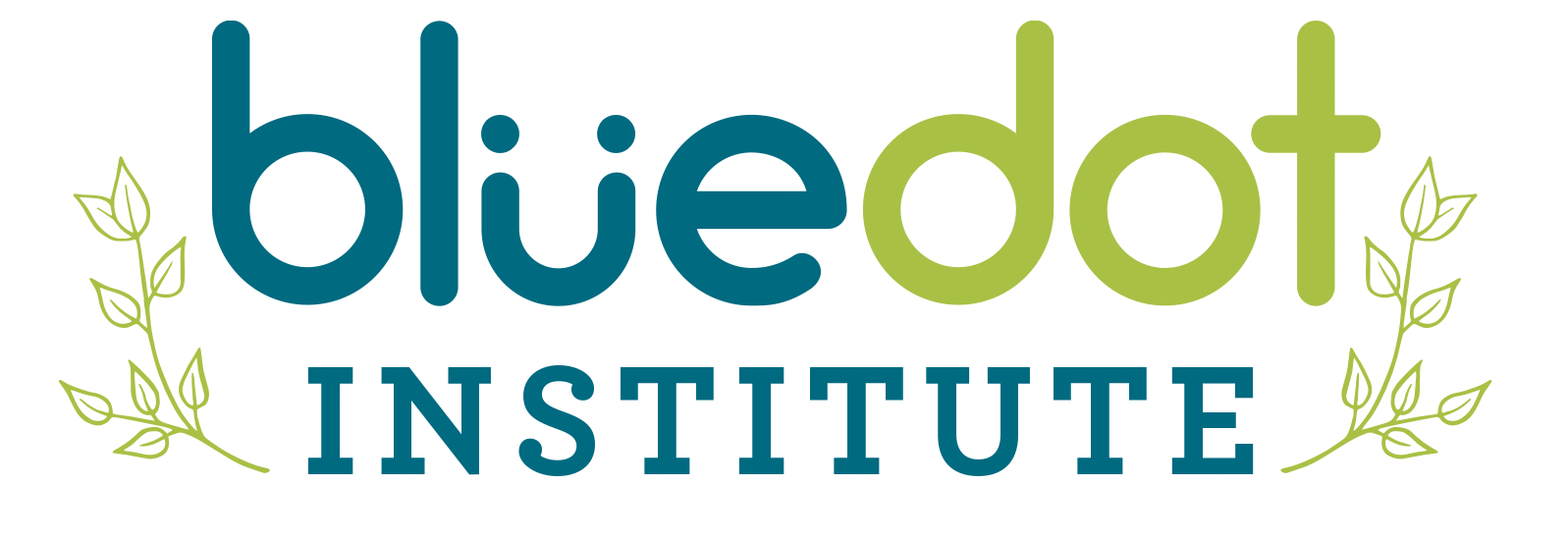Unraveling the Thread of Toxicity in Fast Fashion Clothing
You have probably heard about the inhumane practices behind fast fashion clothing: child labor, unsafe working conditions, environmental destruction; unfortunately, the list goes on. What you might not be so cognizant of are the toxic chemicals hiding in your clothing. First things first, it is important to stipulate that we understand life is complicated enough without having to worry about every ingredient in your clothing label. However, as more and more research emerges about the harm — not only to the environment but to your health — that much-loved items of clothing can cause, this issue does merit consideration.
PFAS have been detected in various garments such as rain jackets, hiking pants, shirts, yoga pants, and sports bras.
So, what’s the fuss about?
A 2012 Greenpeace study found high levels of toxic phthalates, cancer-causing amines from the use of certain dyes and nonylphenol ethoxylates (NPEs, which are hormone-disrupting chemicals) in a variety of clothes from major fashion brands. NPEs were found within close to two-thirds of the products tested from brands like Adidas, Uniqlo, Calvin Klein, H&M, Abercrombie & Fitch, Lacoste, Converse, and Ralph Lauren. These chemicals (NPEs) break down to form nonylphenol, which (once in the body) imitate female hormones, alter sexual development, and negatively impact reproductive systems. Furthermore, these toxic chemicals also leach into the nearby waterways and, according to the WWF, appear to be the source of widespread “feminisation” of male fish in parts of Europe due to their hormone-disrupting capabilities. Similar effects have also been noted in a variety of mammals.
In the United States, there are no federal clothing standards. On the other hand, the European Union has banned over thirty substances previously used in clothes. Even so, the EU finds it difficult to enforce this regulation and the majority of the clothes purchased in Europe or North America today are manufactured in developing countries with few-to-no chemical regulations.
So, let’s break this down into two major chemicals of concern:
BPA
Why is BPA harmful?
BPA can disrupt the normal functions of the endocrine (hormone) system by mimicking estrogen, consequently altering healthy cell function. and high levels of BPA have been linked to reproductive, immunity, and neurological problems. More specifically, a study in the Journal of Pediatric Nursing has shown a correlation between BPA exposure and increased likelihood of Alzheimer’s, childhood asthma, metabolic disease, type 2 diabetes, cardiovascular disease, development of breast cancer and prostate cancer.
Additionally, exposure to BPA in babies, children, and young adults is implicated in the delayed onset of puberty, and development of anxiety, depression, and hyperactivity. Unsurprisingly, the ramifications of BPA exposure do not stop at humans: according to GreenSpec, BPA has been shown to negatively influence growth, reproduction, and development in aquatic organisms. All in all, it is probably something you want to avoid.
Where is it found in clothes?
Recently, the Center for Environmental Health in California (CEH) found levels of BPA up to nineteen times California’s safety limit in socks and sports bras. The culpable brands include but are not limited to: Nike, Athleta, Hanes, Champion, New Balance, and Fruit of the Loom.
After CEH’s findings in socks, the organization analyzed a variety of sports bras and athletic shirts composed of a similar polyester and spandex blend to the socks. Their tests revealed that 8 brands of sports bras and 6 brands of athletic shirts exposed customers to as high as twenty two times California law’s safe limit of BPA. While the CEH sent out legal notices to these brands, the government is lagging behind on regulation, so it is really up to us to avoid BPA.
Here are some tips to limit exposure to BPAs in clothing:
- Avoid clothing made from a mix of polyester and spandex: CEH discovered BPA only in clothing that had both polyester and spandex.
- Look for products made with organic natural fibers like cotton, wool, or linen. Unfortunately, lots of chemicals are added to non-organic natural fibers as they have a propensity to wrinkle and absorb liquids, so try to buy organic where possible. Organic farming techniques are also generally more environmentally friendly.
- Remove your activewear and socks as soon as possible after a workout to limit the amount of BPA entering your system.
PFAS
Why are they bad for you:
PFAS are having a moment right now, better known as ‘forever chemicals’ because they do not break down in our bodies or the environment. According to the Agency for Toxic Substances and Disease Registry, exposure to high levels of PFAS may result in increased cholesterol levels, weight gain, fertility issues, decreased vaccine responses in children, decreased immune function, thyroid disease, and increased risk of kidney and testicular cancer. This is not an exhaustive list and scientists are still unsure of all the harm PFAS can cause.
Where are they found?
PFAS have been detected in various garments such as rain jackets, hiking pants, shirts, yoga pants, and sports bras. Some notable brands include Lululemon, Athleta, Gaiam, Old Navy, and Knix. In fact, Toxic-Free Future released a report in 2022 that states approximately seventy two percent of sixty water or stain-resistant clothing products tested positive for PFAS. According to the report, each of the subsequent retailers had at least one water/stain resistant clothing product containing PFAS: Amazon, Bed Bath & Beyond, Costco, Dick’s Sporting Goods, Kohl’s, Macy’s, REI, Target, TJX, and Walmart.
A 2022 study in the Environmental and Science Technology journal detected high levels of PFAS in sixty five percent of school uniforms, rain gear, snowsuits, snowshoes, mittens, bibs, hats, and stroller covers tested. As early exposure to PFAS appears to have greater harm to health, this is particularly alarming.
How do they get into our systems:
Primarily, research has shown that fabrics with PFAS release volatile chemicals into the air and water. Athleticwear is particularly concerning because of the opening of pores and sweating that occurs when exercising, which may increase absorption of PFAS. Additionally, children will often chew their clothes and ingest PFAS orally.
So what brands can we trust?
U.S. PIRG, a consumer protection nonprofit, released a report evaluating the thirty main U.S. clothing companies in their efforts (or lack thereof) to remove PFAS from their supply chains. Levi Strauss and Keen Footwear are at the forefront of many mainstream fashion brands, having completely stopped using PFAS. Similarly, Victoria’s Secret and Deckers Brands (the manufacturer of UGG and Teva, among others) were awarded high grades from PIRG, having eliminated most PFAS. As of the end of 2022, Ralph Lauren is now PFAS-free. PVH (producer of Tommy Hilfiger, Calvin Klein, Speedo, Patagonia, American Eagle, etc.), Gap Inc., L.L. Bean, and Lululemon have pledged to phase out PFAS use with time-bound commitments. Finally, REI has updated its standards to mandate most textile products to be PFAS-free by fall 2024.
A note on GORE-TEX:
Products with GORE-TEX typically contain a waterproof PFAS membrane. Nonetheless, the parent brand of GORE-TEX, W.L. Gore & Associates, has stated that it intends to “transition the vast majority of its consumer portfolio [away from PFAS] by end of 2025.” In fact, in fall 2022 the company released a PFAS-free membrane (called GORE-TEX ePE) that has been adopted in Arc’teryx’s Ralle and Coelle jackets, Patagonia’s Storm Shift ski and snowboard shell kits, and some other activewear brands. This new membrane also boasts a smaller carbon footprint.
What to do:
- Look for clothes with bluesign, Oeko-Tex, or GOTS labels
- When possible, choose organic natural fibers
- Avoid products that claim to be stain-repellent, anti-odor, easy-care, and anti-wrinkle which typically contain PFAS and other chemicals like phthalates. This does not always apply, because some aforementioned brands are making products with these perks. Still, if in doubt, don’t buy.
- Wash any new clothing before you wear it with unscented, non-toxic laundry detergent (see the Bluedot Marketplace for some ideas).
- Avoid brightly colored clothes from brands that do not disclose their dyes, as they often contain lead. The same goes for cheap jewelry.
A wonderful resource is the Good On You Directory, where you can search for sustainable and chemical-conscious brands. Additionally, the Bluedot Marketplace has a wealth of tried and tested brands that are better for you and the planet.
Nota bene: If this article prompts a closet clean-out (as it did for me) please remember to donate your used clothes to charity or second hand stores. It is always better for someone to be able to have clothes than not.


